News
-
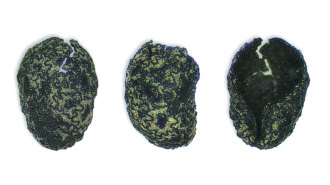 Archaeology
ArchaeologyThe earliest evidence of tobacco use dates to over 12,000 years ago
Burned seeds at an archaeological site in Utah hint at tobacco’s popularity long before it was domesticated.
By Bruce Bower -
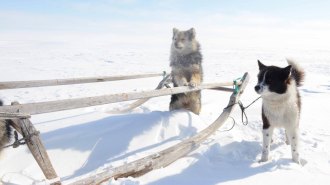 Archaeology
ArchaeologyDog DNA reveals ancient trade network connecting the Arctic to the outside world
People in Siberia were exchanging canines and probably other goods as early as 7,000 years ago with cultures as far off as Europe and the Near East.
By Freda Kreier -
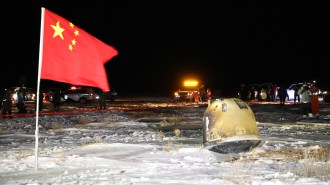 Astronomy
AstronomyChina’s lunar rock samples show lava flowed on the moon 2 billion years ago
The first lunar rocks returned to Earth in more than 40 years show that the moon was volcanically active later than scientists thought.
By Freda Kreier -
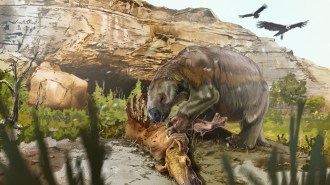 Animals
AnimalsGiant ground sloths may have been meat-eating scavengers
Contrary to previous assumptions, at least one ancient giant ground sloth was a meat eater.
-
 Chemistry
ChemistryAn easier, greener way to build molecules wins the chemistry Nobel Prize
Chemists Benjamin List and David MacMillan have sparked a whole new field that’s aided drug discovery and made chemistry more environmentally friendly.
-
 Astronomy
AstronomySpace rocks may have bounced off baby Earth, but slammed into Venus
New simulations suggest a way to help explain dramatic differences between the sibling worlds.
-
 Physics
PhysicsWork on complex systems, including Earth’s climate, wins the physics Nobel Prize
Syukuro Manabe and Klaus Hasselmann pioneered work on computer simulations of Earth’s climate. Giorgio Parisi found hidden patterns in disordered complex materials.
-
 Quantum Physics
Quantum PhysicsScientists are one step closer to error-correcting quantum computers
In a quantum computer made with trapped ions, multiple quantum bits were combined into one to detect mistakes.
-
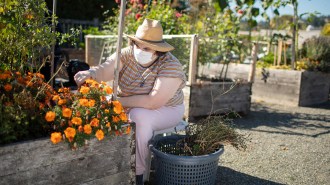 Health & Medicine
Health & MedicineA custom brain implant lifted a woman’s severe depression
An experimental device interrupts brain activity linked to a woman’s low mood. The technology, she said, has changed her lens on life.
-
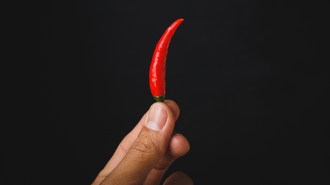 Health & Medicine
Health & MedicineDiscovering how we sense temperature and touch wins the 2021 medicine Nobel Prize
Finding sensors on nerve cells that detect temperature and pressure nets California scientists David Julius and Ardem Patapoutian a Nobel Prize.
By Tina Hesman Saey and Freda Kreier -
 Health & Medicine
Health & MedicineA new antiviral pill cuts COVID-19 hospitalization and death rates
Merck says its drug, molnupiravir, stops viral replication and can be taken right after a COVID-19 diagnosis.
-
 Chemistry
ChemistryInk analysis reveals Marie Antoinette’s letters’ hidden words and who censored them
Chemical analyses of letters written by Marie Antoinette solve a French Revolution mystery: Who censored the queen?